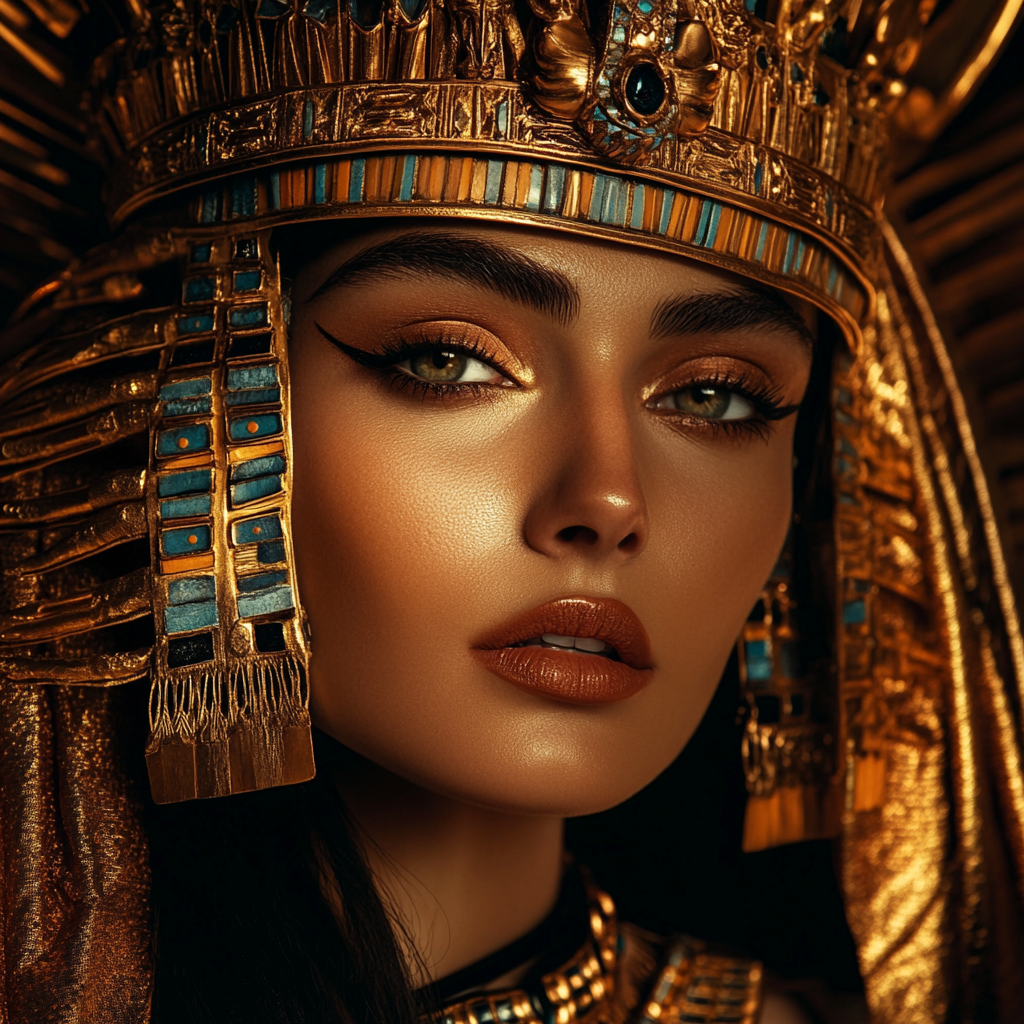The Evolution of Facial Anti-Aging reflects how the science of anti-aging skincare has been shaped by multiple disciplines — including Anti-Aging Medicine, Cosmeceuticals, and Skin Biology. Over the centuries, advancements in these fields have transformed the way we understand and approach skin longevity.

🔹 The concept of anti-aging skincare dates back over 2,000 years.
🔹 Ancient Egyptians (3,000 BCE) used honey, milk, and natural oils like olive oil for skincare.
🔹 Greeks & Romans applied wine, milk, and herbs to preserve skin health.
🔹 Traditional Chinese & Ayurvedic Medicine utilized herbs like ginseng and Ayurveda-based treatments for youthful skin.
🔹 1900-1950: Scientists began studying the role of vitamins and lipids in skin health, such as Vitamin A, C, and E.
🔹 1950-1980: The rise of cosmeceuticals led to breakthroughs like:
✔ Retinoids (Vitamin A derivatives) for wrinkle reduction.
✔ Moisturizers with skin-like structures (ceramides & hyaluronic acid).
🔹 1980-1990:
✔ Alpha Hydroxy Acids (AHA) & Beta Hydroxy Acids (BHA) were introduced for exfoliation & anti-aging.
✔ Advanced sunscreens with improved UVA/UVB protection emerged.
🔹 2000s:
✔ Discovery of antioxidants like Coenzyme Q10 & plant extracts.
✔ Introduction of peptides to stimulate collagen production.
🔹 2010s:
✔ Nano-technology enhanced active ingredient delivery in skincare.
✔ Clean beauty and organic skincare gained momentum.
🔹 2020-Present:
✔ Personalized skincare using AI & DNA analysis.
✔ Stem cells, exosomes, and biotechnology for skin regeneration.
The Evolution of Facial Anti-Aging traces back thousands of years, with early observations of skin aging rooted in traditional knowledge. However, the science of skin aging began to develop systematically in the 20th century. Over the past 30–40 years, significant advancements have emerged — with modern trends now focusing on advanced technologies that improve facial skin structure at both the molecular and cellular levels.